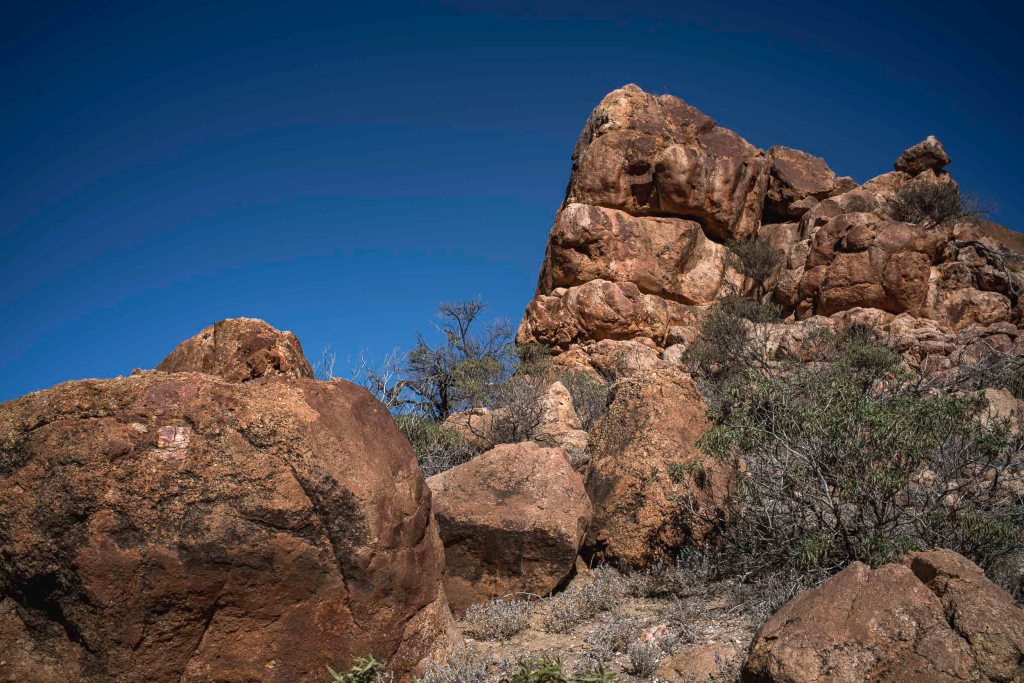I was extremely uncomfortable with ‘Sitting Bull’ as a place name. It was difficult to not interpret the name ‘Sitting Bull’ as part of the settler colonial attempt to erase the presence of aboriginal people from South Australia.
This colonial space is such an odd way to see the country. If landscape is constituted as an enduring record of – and testimony to – the lives and works of past generations who have dwelt within it, and in so doing, have left there something of themselves, then the Sitting Bull place name means that it becomes a place of amnesia and erasure, a strategic burying of the past. A Terra Nullius, a blank page, an unpeopled, un-cultured, wasteland waiting to be cultivated and its resources used. Yet in reality there was not one part of the country that had not already been densely inscribed with the physical signs and spiritual significations of the Aborigines’ millennial, land-centred culture.

The significance of imposing English names on the Australian landscape is twofold. Not only does it extinguish any existent nomenclature reflecting an Indigenous knowledge of the country, but also it signals a future in which the Aboriginal history of such places will eventually be eradicated. The enormous symbolic power of the colonial naming process is evidenced in the intense emotions that are unleashed within settler-descendant communities today by any suggestion of restoring Aboriginal place names to local sites.
What puzzled me was why the National Parks had not included “Sitting Bull’ in its process of reinstating Aboriginal placenames in South Australia’s national parks? Why not dual-naming, given the success of the Adnyamathanha people with respect to native title?

Leave a comment